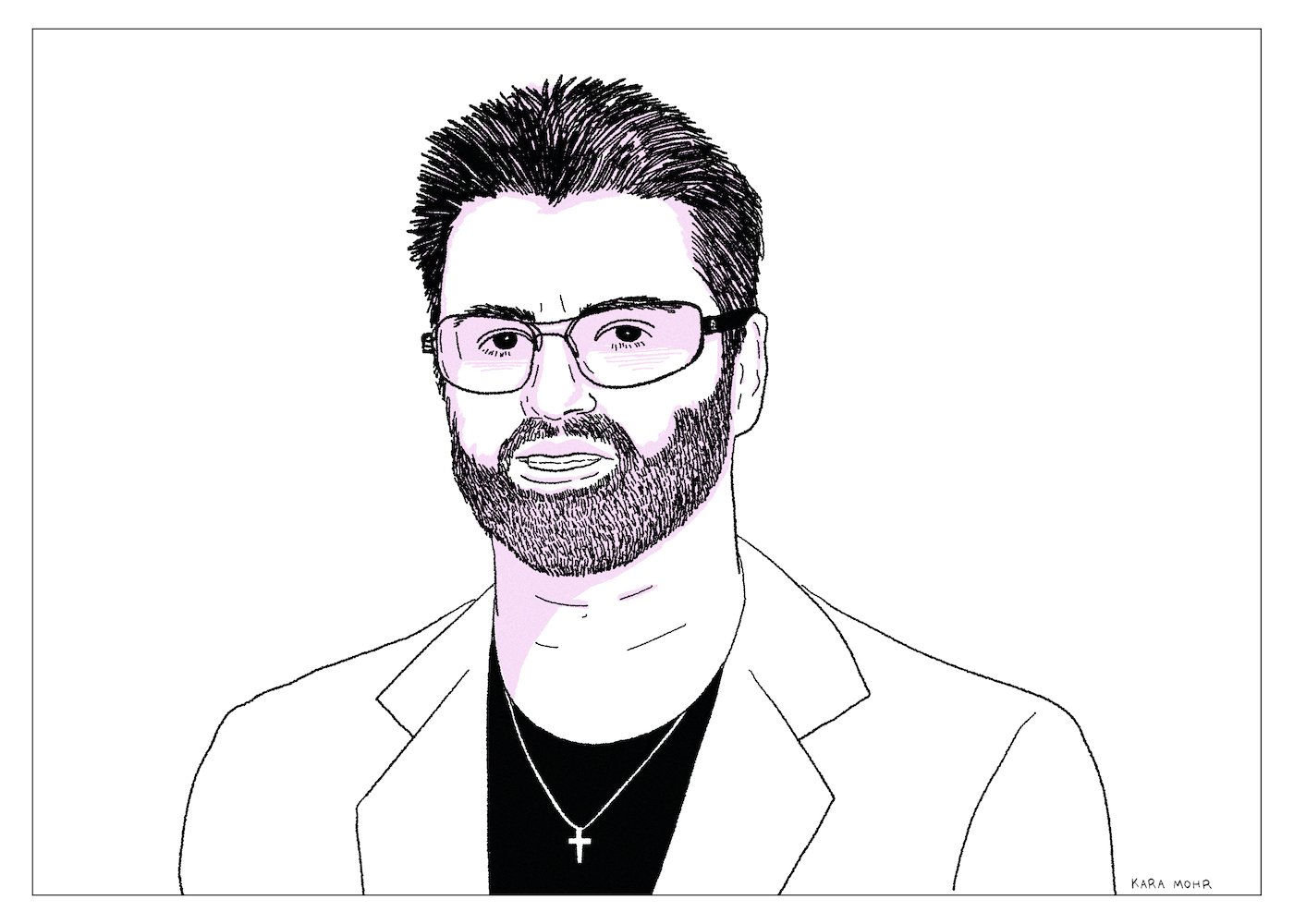
George Michael “Patience”
Eight years removed from his last album of originals — after a very public arrest, after the death of his mother and his partner — George released what would become his swan song. Having lost most of his U.S. fanbase, “Patience” was less a triumphant return and much more an album for aging diehards. Like all George Michael albums, it was an extremely personal one. But, it was also a radically honest album. Prince employed characters and double entendres. Michael Jackson used masks. And Madonna had her costumes. But there was always a sense that George was telling the absolute truth. That what we were hearing was not a “version of George Michael,” but the man himself.
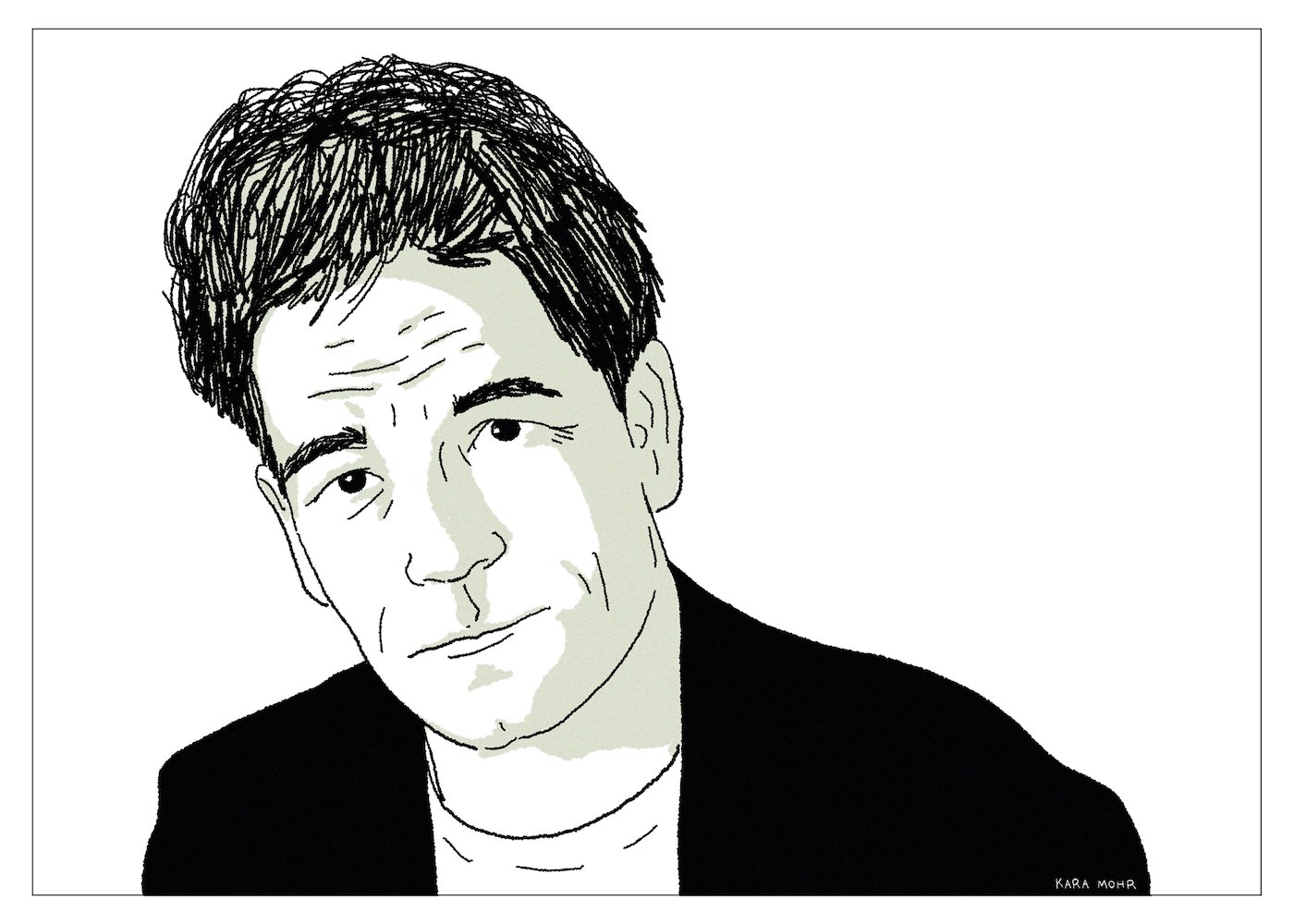
Huey Lewis and The News “Plan B”
The Nineties were a fallow period for Huey Lewis and The News. Following a decade wherein they released nine albums, the band mustered just two over the next ten years. His platinum-selling, chart-topping days were a thing of the past, but his transition from Heartland New Wave to aging Mom-and-Dad-core was both graceful and inevitable. In some ways it made much less sense that Huey Lewis was ever a bonafide Pop star and more sense that he was a charming screen presence who occasionally put out R&B albums. By 2001, at the age of fifty, Huey had finally achieved his pop culture destiny, settling into his rightful place as Bruce Willis’ less theatrically — but much more musically talented — cousin.
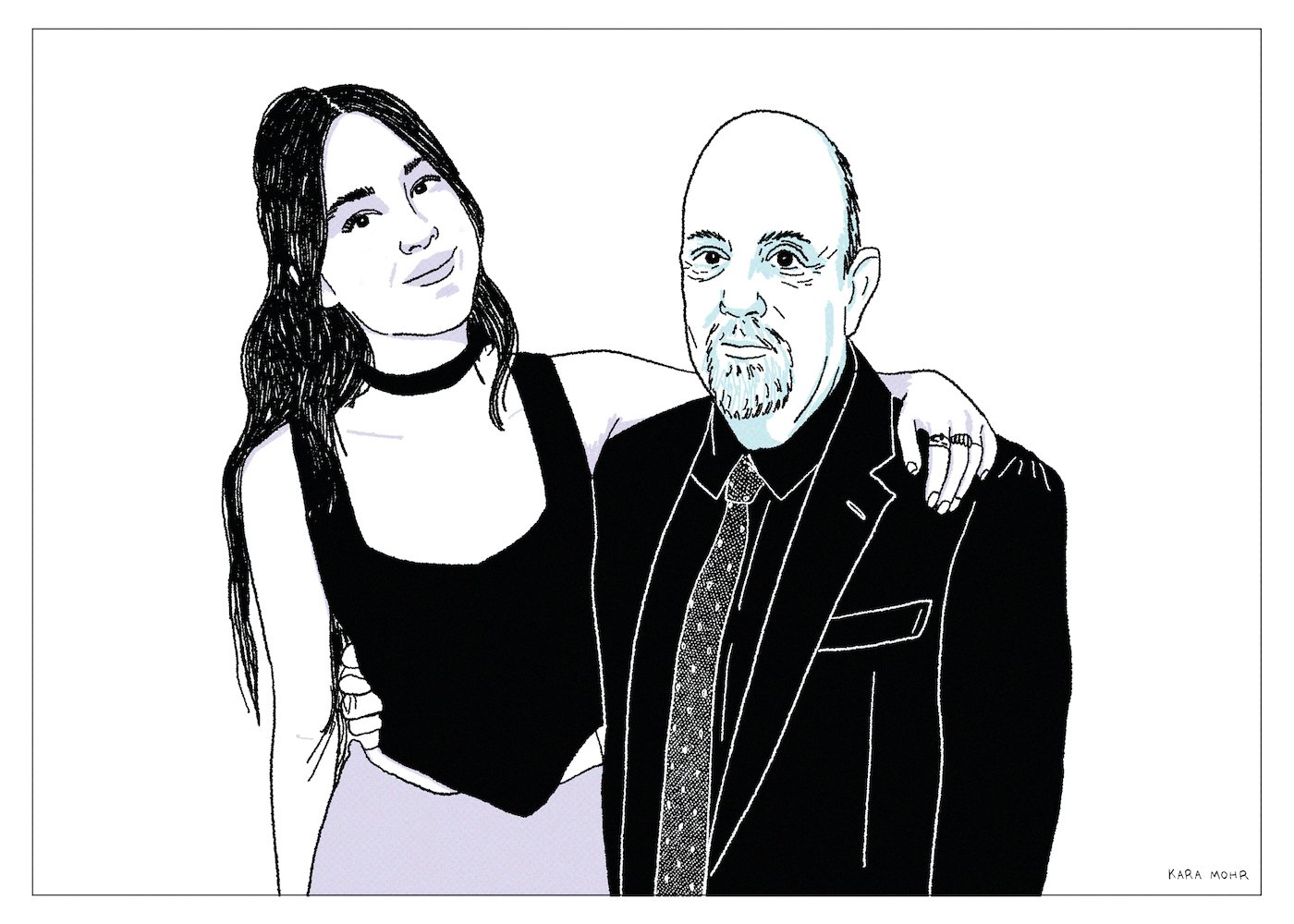
Billy Joel “Turn the Lights Back On”
Billy had been stashing away ideas for years — parts of melodies, little hooks, half bridges, hummed choruses — but could not, would not complete a song. And so, rather than push him to the brink, Freddy Wexler politely requested to check out some of those song scraps. And eventually, through a combination of talent, elbow grease, Wayne Hector and Arthur Bacon, “Turn the Lights Back On” was born. The story is vague enough to be true. But it is also vague enough to make me ask, “Did Billy write the song at all?” The more I considered it, the more plausible it seemed that a very smart AI might have produced “Turn the Lights Back On.” Maybe Billy Joel’s new single was an AI deep fake. Maybe its perfection was actually an uncanny valley.

Coldplay “Music of the Spheres”
And that was the thing about Coldplay — they were fine. Extremely so. But, also, just so — fine. Their bug — a complete lack of tension — had become their undeniable feature. Even in divorce, Chris Martin managed to avoid friction, co-describing his split from Gwyneth not as a divorce or a break-up, but as a “conscious uncoupling.” However, where their consistency was once considered a strength, in time people began to whisper about their boring sameness. At the height of their ascent, Martin had quipped that Coldplay needed to focus on getting better, not bigger. By the second decade of the twentieth century, however, they were neither better nor bigger. They were more hovering blimp than soaring rocketship.
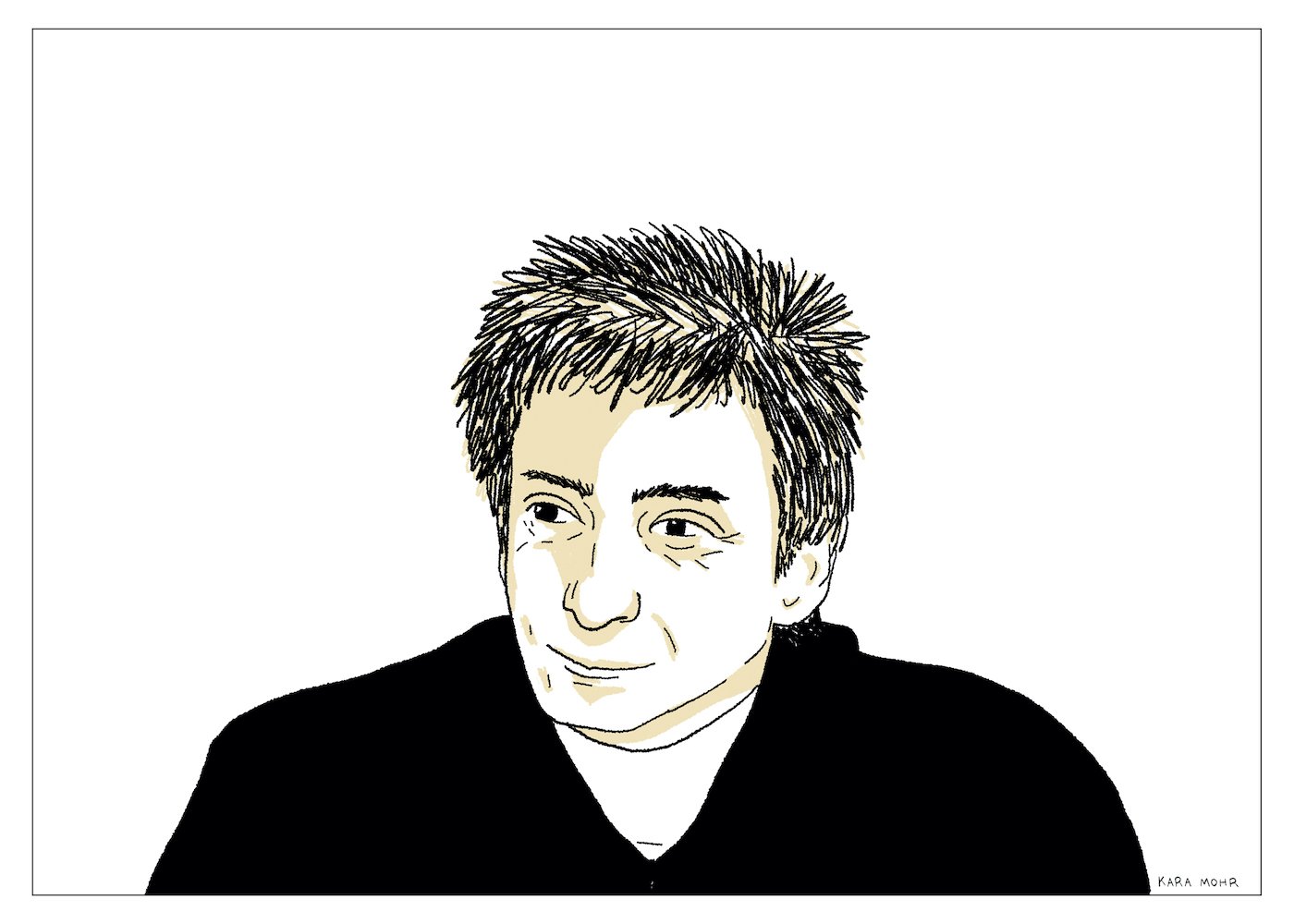
Barry Manilow “Here at the Mayflower”
Barry Manilow has sold more than eighty-five million albums — that’s more than Tom Petty, Nirvana or KISS. Once upon a time, he was the yellowing wallpaper of American music. For the better part of a decade, his songs were all over the radio, in grocery stores, waiting rooms and elevators. But, by 1984, years after “Mandy,” he’d hit a wall. Yes — the man who wrote the songs (but who I later learned did not write “I Write the Songs”) stopped writing the songs. After “2:00 AM Paradise Cafe,” it would be another twenty years before Manilow produced another album of originals. When he did, though, it was a doozy. “Here at the Mayflower,” from, 2004, was the apotheosis of Barry Manilow — an album of Swing, Mambo, Pop, Disco and Cabaret tunes about the apartment building in Williamsburg, Brooklyn where he grew up. It was the record that Terri Gross and Oprah Winfrey desperately wanted. It was the concept album he was born to write.
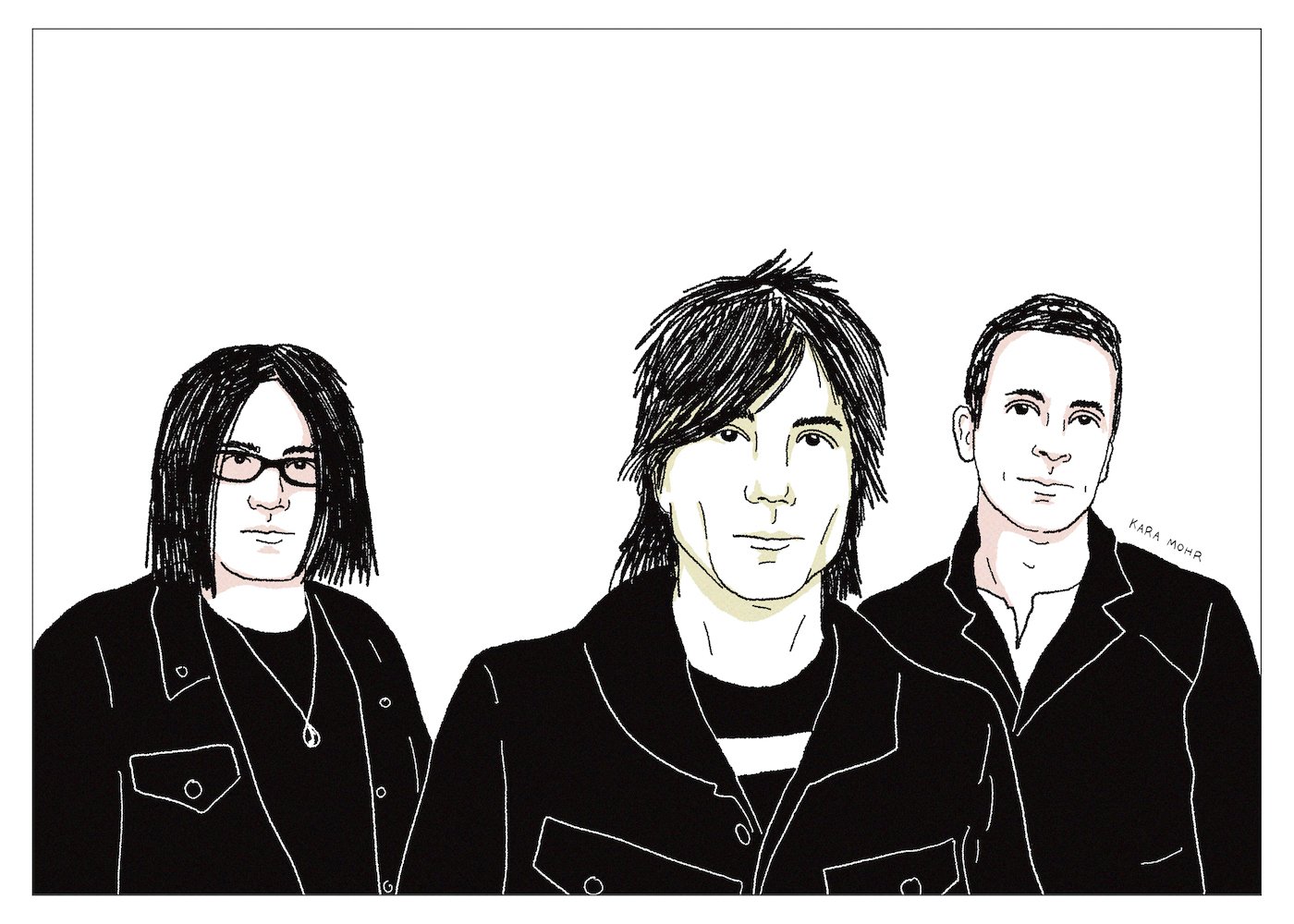
Goo Goo Dolls “Magnetic”
“Magnetic,” the Goo Goo Dolls’ tenth studio album, was a choice — less left, less right, more middle. The ballads inched closer to Coldplay. The rockers closer to Mumford & Sons. It was a direction the Goo Goo Dolls would stick with in the future, introducing tasteful whispers of contemporary Rock and Pop into their road tested formula. But it was never more than a whisper. And none of it seemed to matter much because their fate had been sealed many years before — frozen in amber along with the Clinton Lewinsky scandal, McGwire and Sosa’s home run chase and John Rzeznik’s blonde highlights. For two decades, they have signified “late Nineties Modern Rock that is in no way Alternative Rock.” They are the apotheosis of the form — the very best at it. And yet, in 2013, 2017 and 2020, they were destined to end up on a float in Manhattan for the Macy’s Thanksgiving Day Parade for the most obvious of reasons: November is pumpkin spice season.
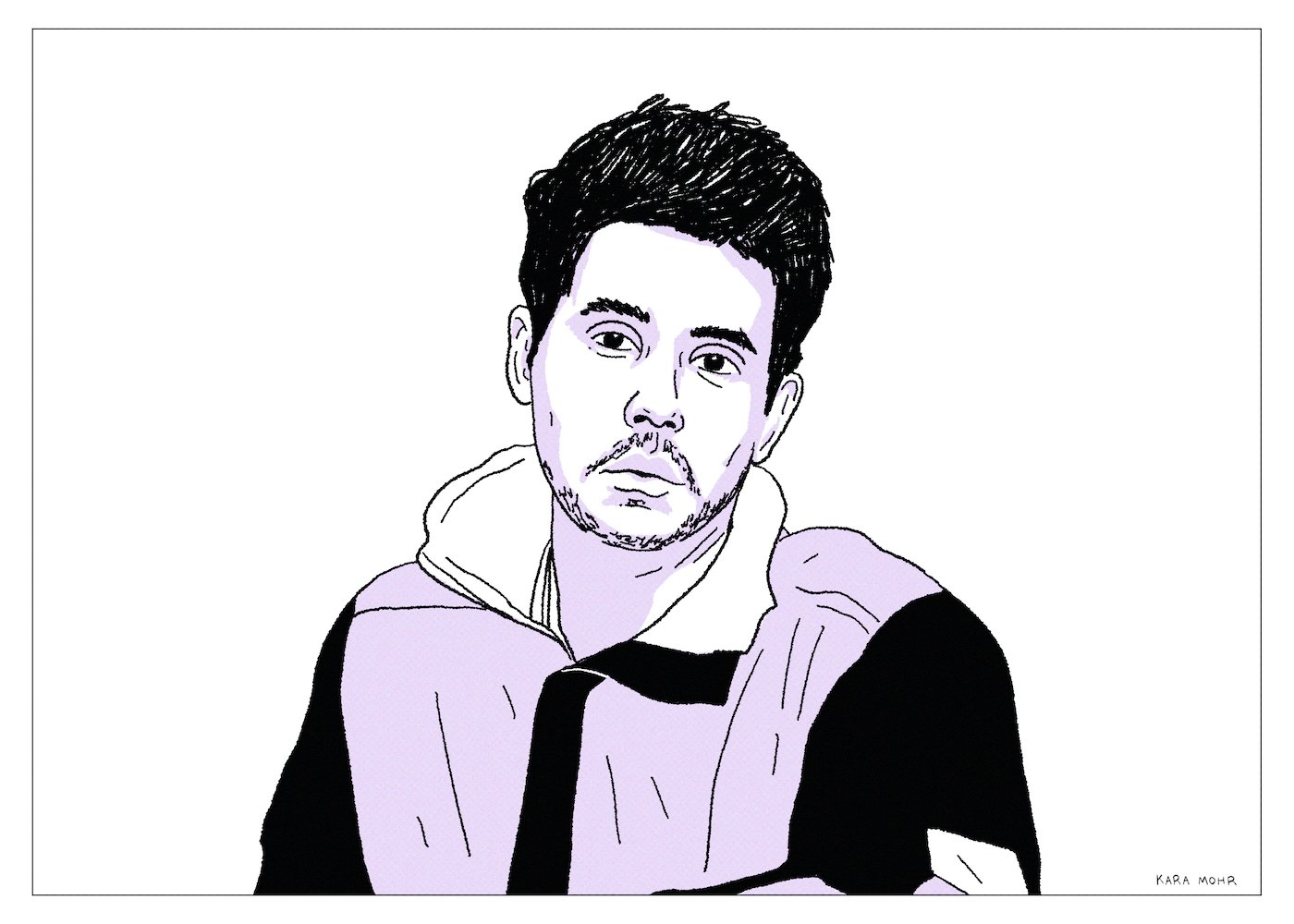
John Mayer “The Search for Everything”
Between “amazing” and “insufferable” — that’s the line Mayer walks. He is preternaturally gifted — as a player, he rivals his heroes, Robert Cray and Eric Clapton. As a composer, his mastery extends far beyond his ostensible peers — Maroon 5, Jack Johnson and Jason Mraz. He has always been tall, dark and handsome. He’s always been a great interview — frequently too great. But it’s the speed and intensity of his amazingness, that unnerves. Going from Jennifer Love Hewitt to Jessica Simpson to Minka Kelly to Jennifer Anniston to Taylor Swift to Katy Perry in close succession. Hanging with Dave Chapelle one night and jamming with Bob Weir the next night. Or, the same night. Swapping Nikes for Uggs. Wearing shades that are more expensive than his already expensive shoes, and watches that are tenfold the cost of either. It’s all amazing. And it’s all insufferable. And, believe me, John Mayer knows it.
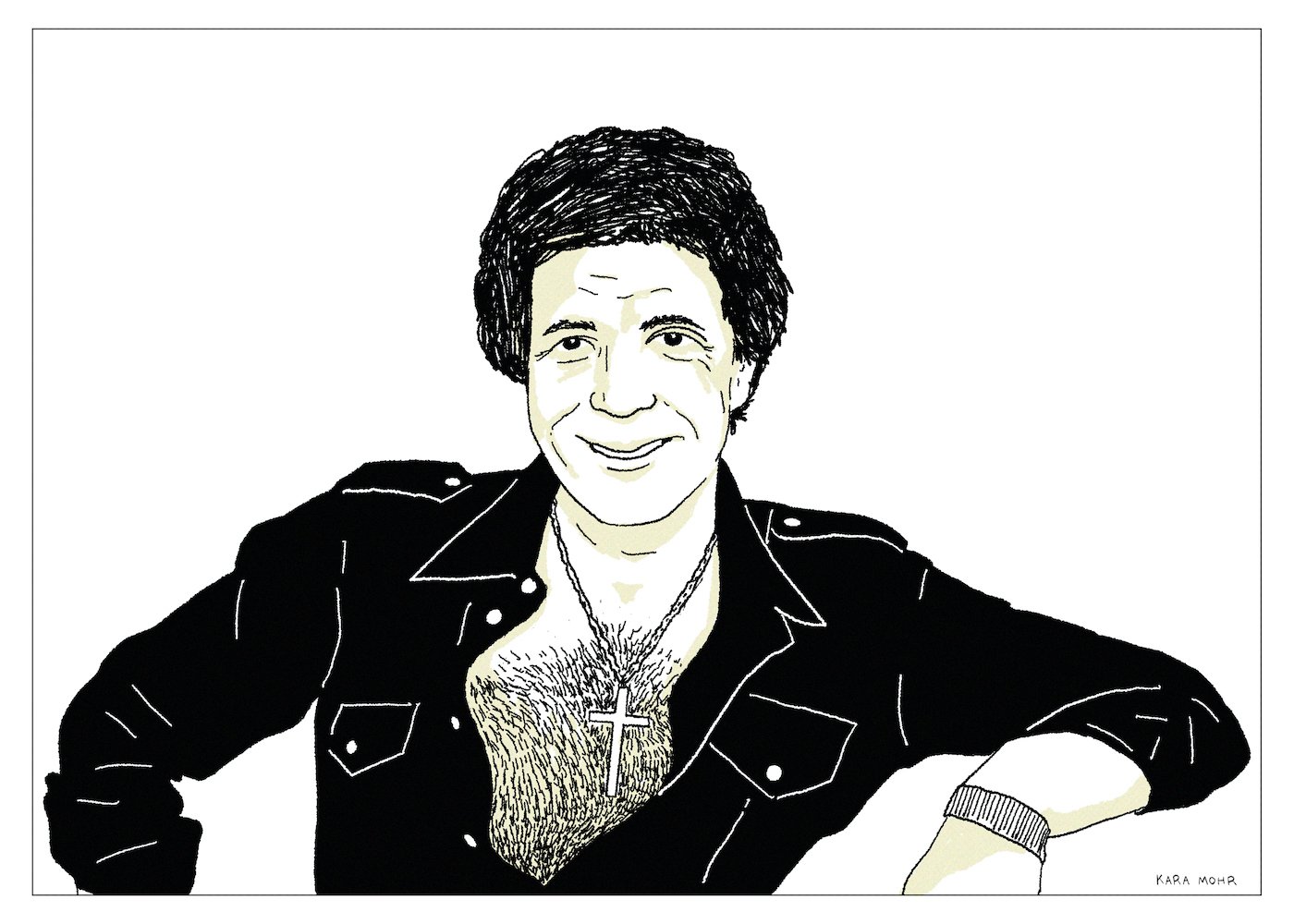
Tom Jones “Darlin’”
Like Cher, Tom Jones had a teeny tiny waist. And, like Cher, Jones loved to show some skin once upon a time. Both were unafraid of tight pants. Both hosted popular TV programs — “This is Tom Jones” (1969 through 1971) being a precursor to Sonny and Cher’s variety shows. Both had famous marriages (Jones’ for its mystery and longevity, Cher for its popularity) and perhaps more famous relationships outside of their marriages (Cher with Greg Allman, David Geffen and Gene Simmons and Jones with Mary Wells and, apparently, two hundred and fifty fans per year). Both are known for their iconic, husky voices, though neither is proficient on any instrument. But, more than anything else, the thing that bound Jones and Cher was the thing that happened when they put it all together — the voice, the body, the moves, the attitude, the screen presence, the sex appeal. It was their unfathomable “toomuchness.”

John Denver “It’s About Time”
Even before his divorce from Annie Martell, before the death of his father, and before his star had fully faded, John Denver’s music had begun to take a detour. At first, the turn was slow and gradual enough to be barely noticeable. But, by the early Eighties, he’d largely abandoned the acoustic jangle of his Folk and Country hits for something firmly Adult Contemporary. And by “Adult” I really mean something like music for children performed with a string section, and guitars and synths turned down so as not to disturb. And by “Contemporary” I really mean corny like late Seventies Margaritaville James Taylor or like Barry Manilow without the camp. That’s the sound of “It’s About Time,” an album of depressed ballads and worldly aspirations performed by one of the most overqualified bands ever assembled.
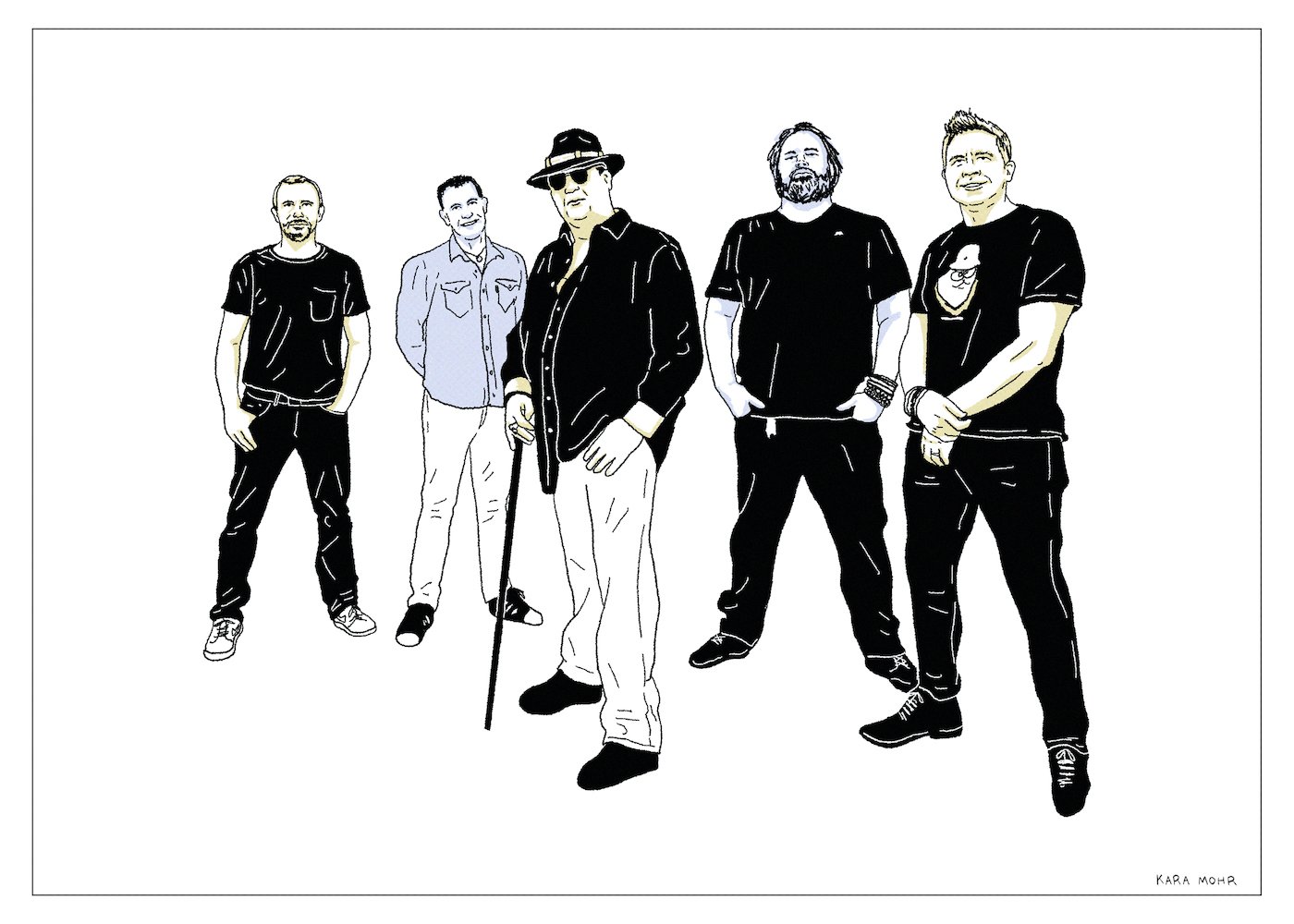
Blues Traveler “North Hollywood Shootout”
On so many levels, our aversion to Blues Traveler is ridiculous. Of all those Nineties Jam bands, why them? There were many lesser variations. Bands who couldn’t play with singers who couldn’t sing and jams that went nowhere. Blues Traveler was barely any of those things. They were a solid Roots Rock band with a mascot for a lead singer; far more exciting than their closest predecessor — Spin Doctors — and their more successful, distant cousin — Hootie and the Blowfish. If anything, their brief apex was a fluke — a product of commercial radio’s (and MTV’s) inability to separate Beck from Better than Ezra. For one strange moment in 1994, Modern Rock, Mainstream Rock, Pop and Adult Alternative formats all sounded oddly similar — jangly and towing a line between earnest and ironic. Basically, like the sound of Blues Traveler. On the other hand, reducing them to a bad haircut, does a grave injustice to the band. It also obscures the harmonica in the room — the dozens and dozens of harmonicas in the room.
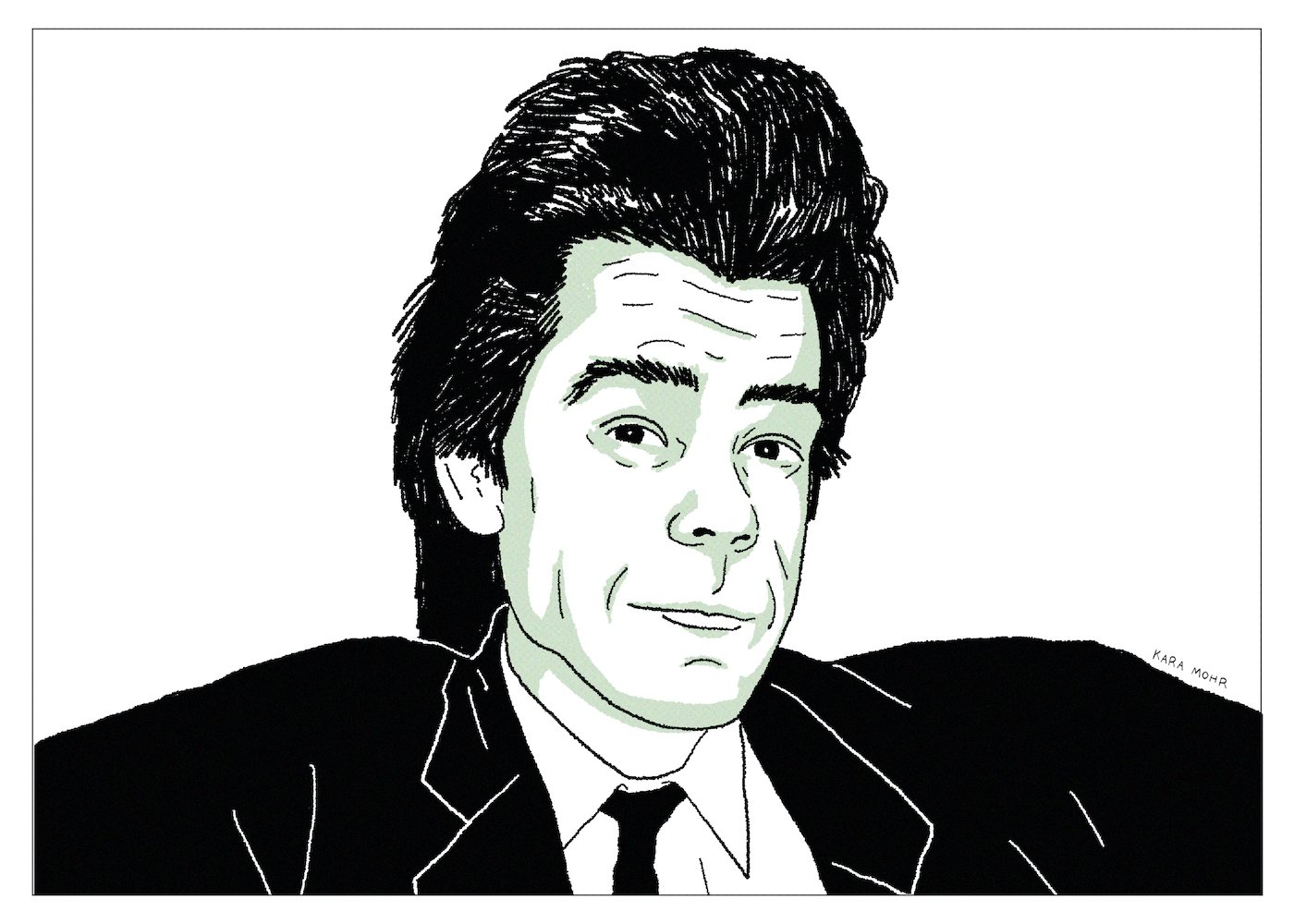
Buster Pointdexter “Buster’s Spanish Rocketship”
The prevailing discourse has always been that Buster Pointdexter was “the act.” That the tuxedo, giant pompadour, martini glasses, Jump Blues, and Eighties Club Med by way of Fifties Havana vibes was David Johansen having a go at everyone. That ten years after the demise of The Dolls — the world’s greatest band that never had a chance — and years after working his way around the world with the David Johansen Band and ending up exactly where he started (nowhere), he needed to make us laugh so we wouldn’t cry. Buster Pointdexter was supposed to be a serious good time, but also in no way serious. It was a gag. A costume. Closer to Tenacious D than to The Dolls. But what started out as a lark — a mildly embarrassing side hustle even — became a career. What’s more, Buster was not a phase. He was not an alter ego or an id. Looking back now, Buster Pointdexter was the thing.

Styx “Brave New World”
Like Queen, with whom they’ve often been compared, Styx has always been the kind of band that swings for the fences. Most of the time they whiff — but in a charming “love the effort” sort of way. When they connected, however, as they did roughly one time per album between 1973 and 1982, they hit it out of the park. Way out of the park. During that run, DeYoung, Shaw, Young and the Panozzo brothers scored a half dozen top ten hits and five consecutive platinum-selling albums. And yet it always seemed to me that the band was a mistake — that we already had Queen and Journey. That DeYoung should be wowing audiences on Broadway (which he eventually did) and that Shaw should be fronting a Hair Metal band (which he also eventually did). By the end of the Nineties, seventeen years removed from the dystopian, sci-fi hit that broke the bank and the band, Styx were still swinging, but no longer connecting.
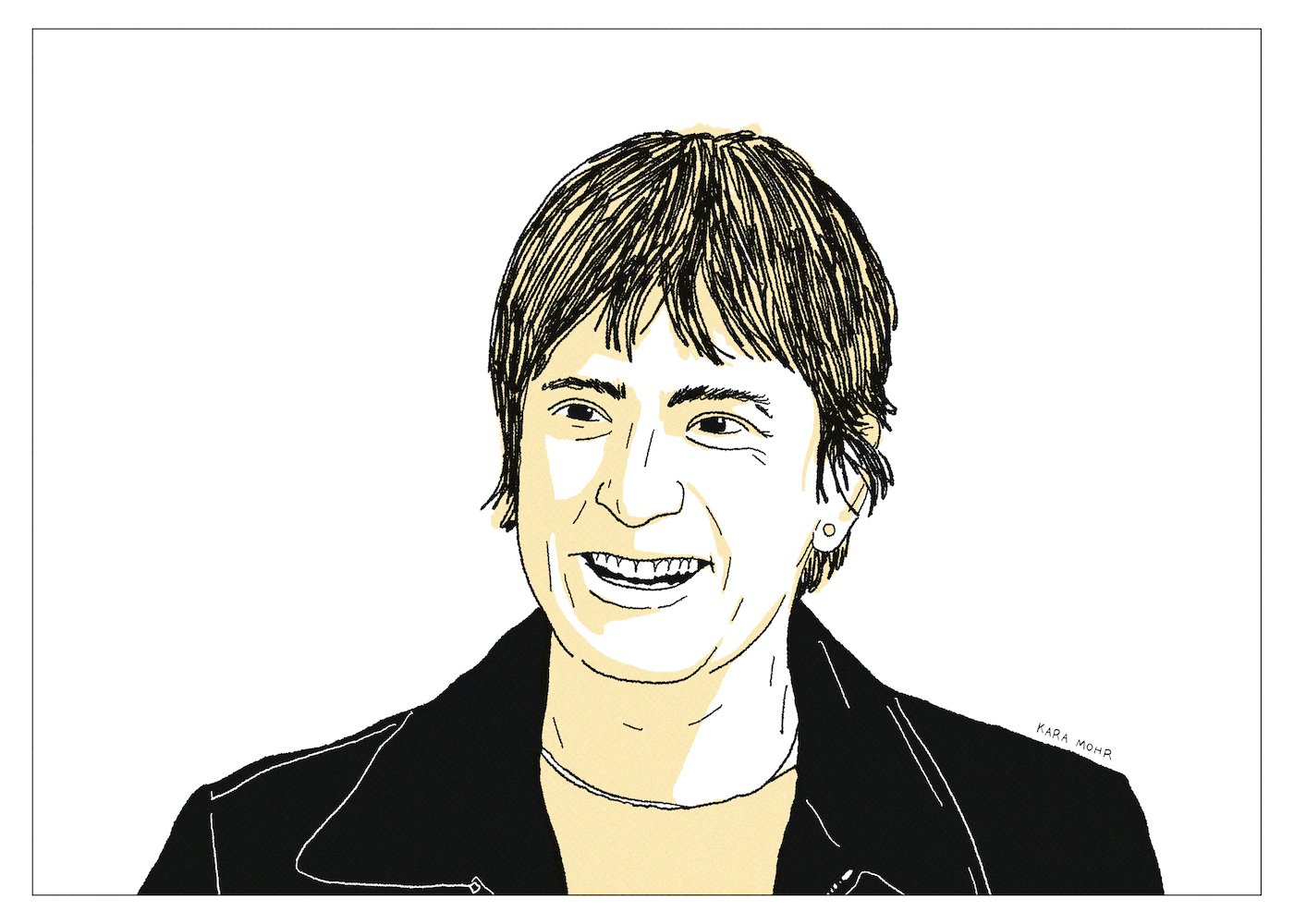
Rob Thomas “Chip Tooth Smile”
While I have been guilty of my fair share of Matchbox Twenty eye rolls, I was also guilty of not really knowing much about the band. They were always something of an enigma to me — a mystery that I couldn’t shake. Except, it wasn’t really the band I was interested in — it was their frontman, Rob Thomas. I had read all the facts (Wikipedia) and heard all the albums (four with Matchbox Twenty and four solo), but I still had zero clue. Was he more Adam Duritz or Ed Kowalczyk or Stephan Jenkins? Or was he my generation’s answer to Phil Collins and Lionel Richie? Generally speaking, time is the enemy of Rock and Roll. But it’s a dear friend to writers. Time furnishes us with perspective and evidence. It reveals lies and truths. It separates bad style from bad music and characters from their settings. Also, as Rust Cohle once suggested, time is just a flat circle. Time was very much on my side as I followed the investigation to its logical conclusion — Rob Thomas’ 2019 solo album, “Chip Tooth Smile.”
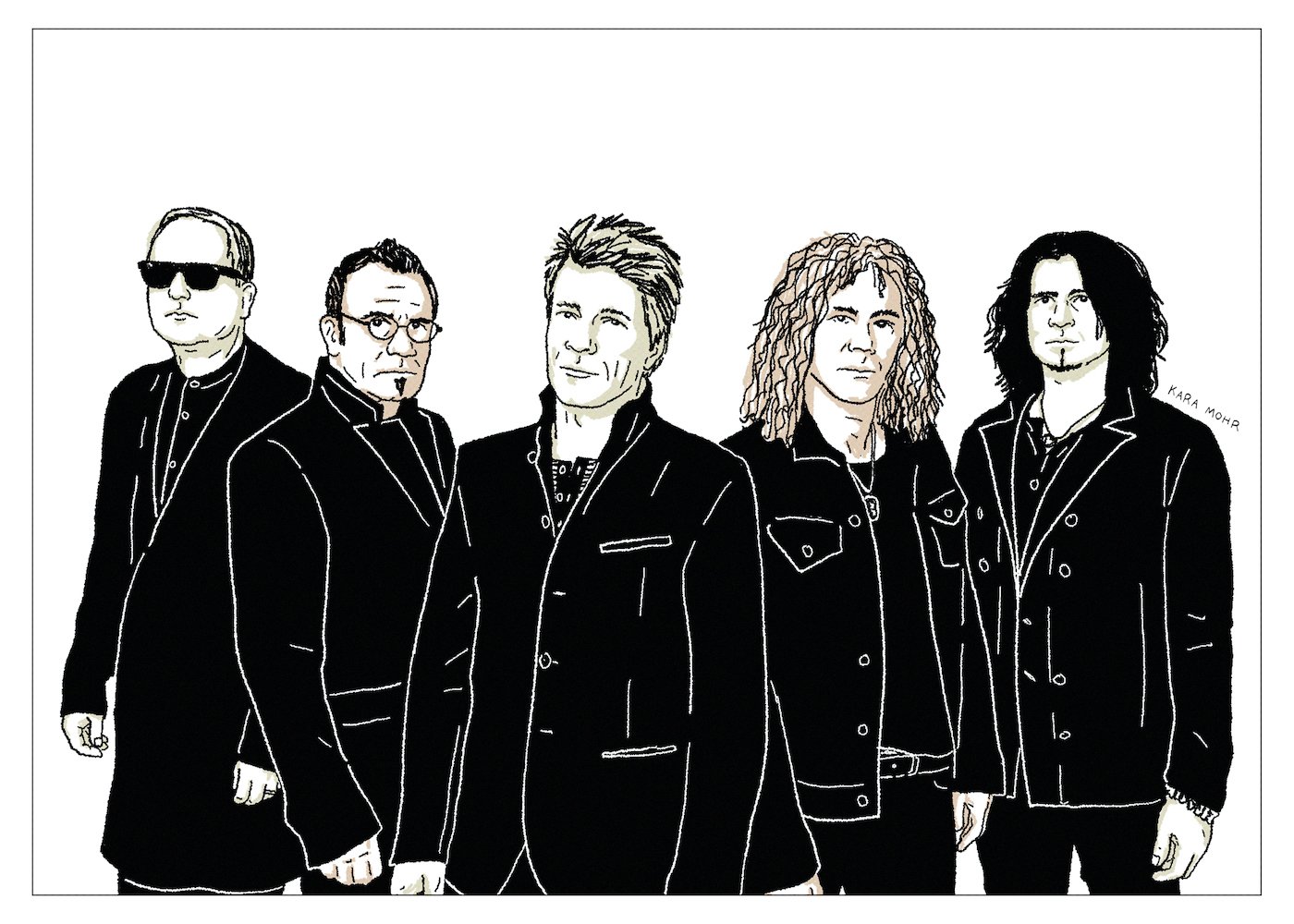
Bon Jovi “This House Is Not for Sale”
Though they were no longer America’s Biggest Rock Band, Bon Jovi could still sell (many) millions of albums. But it was clear to anyone who was paying attention that things had changed. Jon cut his hair and took up acting. Richie married Heather Locklear. Over the course of three decades, they’d traded in grit for nostalgia. Their fearlessness was subsumed by trite optimism. And though they’d sustained their spot on the charts, they’d regressed from something iconic to something more generic. By 2015, they had to confront the existential risk that all Arena Rock bands some day face: the challenge of being both universal and distinct. Many great bands had fallen into that chasm before: Journey, Foreigner and REO Speedwagon to name a few. But, not Bon Jovi. In just a few years, and without Richie Sambora, they went beyond arenas. Beyond namelessness and facelessness. They became the Bud Light of Rock and Roll — the highly consumable, mostly bland complement to Fox Sunday football.

Cheap Trick “Cheap Trick”
The idea of a “return to form” is nothing new. Neil Young’s “Freedom” was his “return to form.” So was Clapton’s “Journeyman.” Dylan has probably “returned to form” half a dozen times in his career. The implication is the same: that some beloved, aging artist who had lost their way was finally making great music again -- music that confirmed their original brilliance. In 1997, ahead of their thirteenth studio album, writers and publicists were insisting that Cheap Trick’s latest was a return to form. Fans came out from the woodwork. Nirvana and Smashing Pumpkins and Weezer portended the event. Cheap Trick had found their way back. The band that Mike Damone and millions of Japanese teenagers once loved was coming back to get their due. But for a group whose success was so fast and so fleeting, and whose last hit was a hairy, ten year old power ballad, it was fair to wonder: what form were they returning to, exactly?
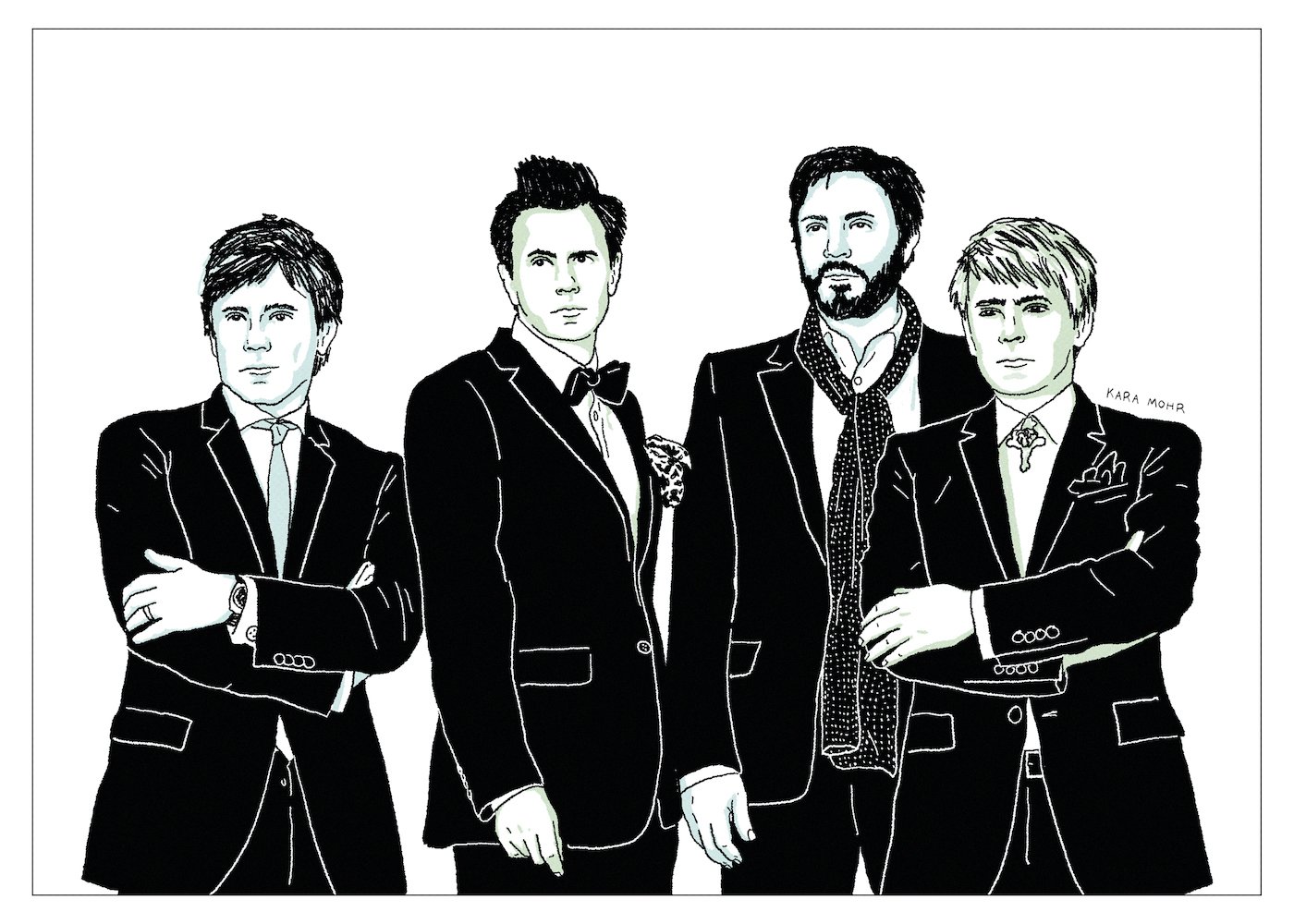
Duran Duran “All You Need Is Now”
By the time Duran Duran tired of their plight as Tiger Beat cover boys, it was too late. They would never be Chic meets Roxy Music, with a dash of The Sex Pistols. The corner of the world that they dreamed of had been claimed by New Order, The Cure and The Smiths. They were doomed to be Pop stars. And they could not tolerate it. After half a decade of fame, fortune, drink, drugs, and screaming girls, they splintered, and then buckled. And they’ve spent roughly the last forty years trying to put things back together — carefully toeing the line between looking back and looking forward. Their efforts included a forgettable covers album, a reunion of The Fab Five and a collaboration with Timbaland. But nothing worked. It increasingly seemed that Duran Duran would be remembered as one of the greatest Pop bands from the greatest moment in the history of Pop — and nothing more. Until, one day, Mark Ronson dared to wonder: “What if that moment returned?” Or rather, “What if we could recreate it? What if, thirty years later, we made the follow-up to “Rio?”

The Isley Brothers “Masterpiece”
In response to Marvin Gaye’s third act and to Luther Vandross’ debut, The Isley Brothers began to move away from Funk and Disco. “Between the Sheets,” from 1983, was a massively successful turn to the bedroom, but also the last album to feature all six Isley Brothers (counting in-law, Chris Jasper). Mounting debt and creative tension ultimately led to the departure of the younger trio, leaving the middle-aged brothers to carry on. Without Ernie’s electric guitar or Chris’ writing and arrangements, however, change was inevitable. Their eventual pivot, entitled “Masterpiece” and released in 1985, featured the three senior Isleys on the cover wearing tuxedos. Ron is seated on a red velvet and gilded chair that looks a lot like a throne. Rudy is standing stage left, holding a regal walking stick. Eldest brother, Kelly, is stage right, mustached and assured, even as he approached sixty and was beginning a battle with cancer. The title and the cover of “Masterpiece” said precisely what they needed to say: classy, but still a little horny.

Ric Ocasek “Nexterday”
Ric Ocasek’s life after The Cars included a series of charming, lower stakes solo albums in between gigs as a “record guy.” For most of the 90s, he was a talent scout for Elektra Records and an elite producer for hire. But with Weezer’s “Blue Album,” Ocasek graduated from producer to “super-producer” — which meant he could do whatever he wanted, including making albums for Le Tigre and Brazilian Girls. It also meant that he could write poetry and paint and be the husband of a supermodel. He trimmed the New Wave mullet an inch or two, and maybe he added some lines to his face, but he still hid under the shades and bangs. He still wore oversized tops, buttoned all the way up. And he still had that odd earring dangling. In contrast, by 2005, Blondie was a nostalgia act. David Byrne was more high art than Pop. Sting made listless world music. And Duran Duran survived through the wonders of modern medicine. But Ric Ocasek, it seemed, had won. He’d done what Joey Ramone and Tom Verlaine never could -- stay weird and thrive. All of which makes his final solo album, “Nexterday,” hard to explain.
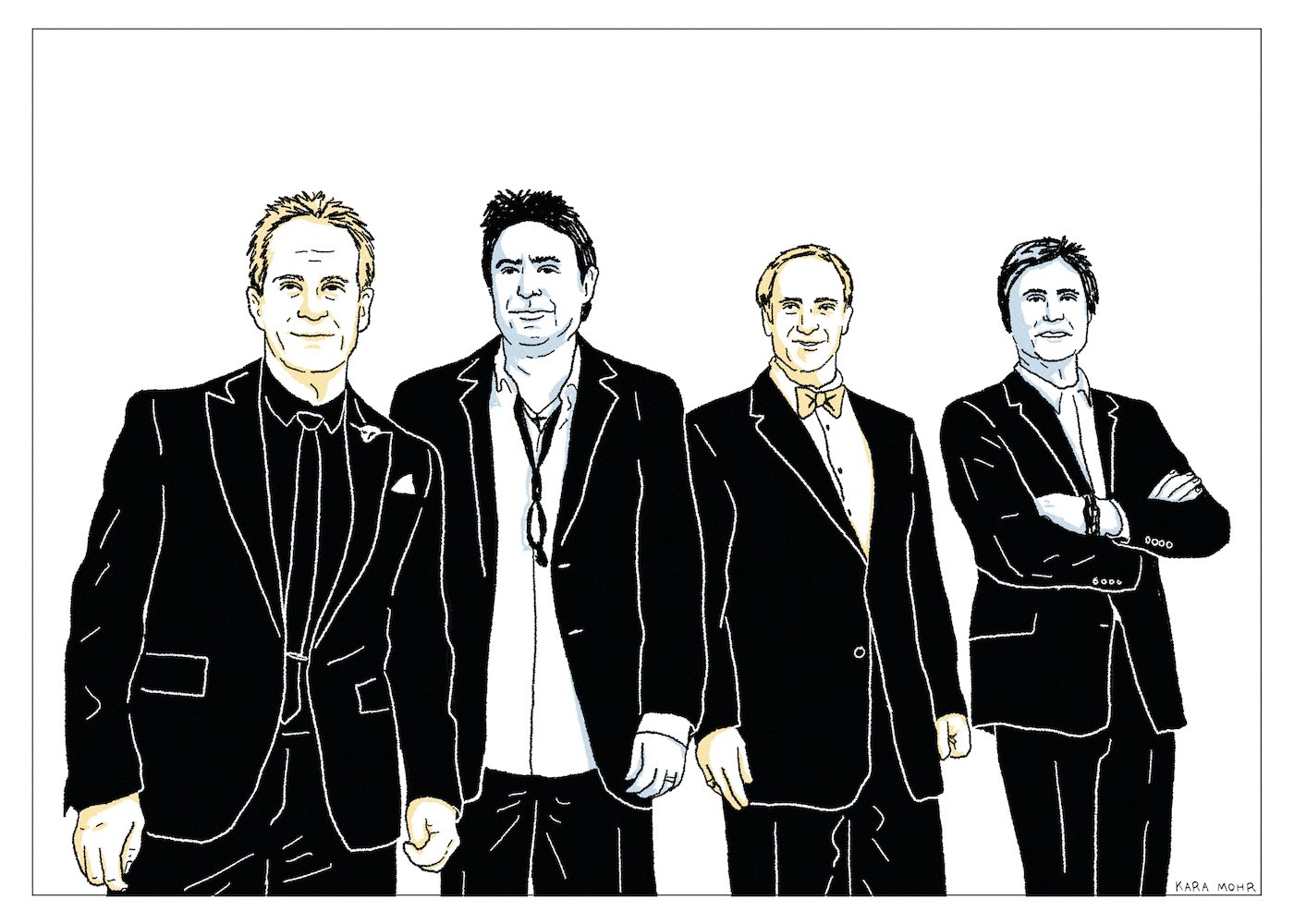
Chicago “Chicago XXXII: Stone of Sisyphus”
Some albums remain hidden because they were not made for public consumption. “The Basement Tapes” comes to mind. Others sit on the shelf because of incessant tinkering. “Chinese Democracy” might fit that bill. Sometimes, as with The Beach Boys’ “Smile” or Jeff Buckley’s “Grace,” the issues are entirely more human. But “Stone of Sisyphus,” Chicago’s thirty second album, recorded to be their twenty second album, is a different sort of animal. It was not released for the most obvious and depressing of reasons: their record label hated it. In its wide embrace of Rap, Slow Jams and Phil Collins, “Sisyphus” marked a return to the band’s eclectic roots. But in its wanton disregard for hits, it also served as a final farewell to the Cetera afterglow and an uncertain hello to the great unknown.

Sugar Ray “Music for Cougars”
Years after the clock had counted down from “14:59,” when the endless summer was over and when Mark McGrath went fully blonde, Sugar Ray were on sabbatical. Meanwhile, wunderkind producer, John Abraham, was ascending, cutting records for everyone from Staind to Weezer to Velvet Revolver and Pink. And though in 2008 there was almost nobody on the planet -- including Mark McGrath and his bandmates -- clamoring for a new record from Sugar Ray, Abraham offered the group a deal. Where the rest of us saw a past prime hunk and his band, born from the gunk under Matchbox 20 and Blink 182, Josh Abraham saw unfinished business. So, in 2008, in the face of the zeitgeist, Sugar Ray began recording “Music for Cougars.” Yes — that really is the title.
